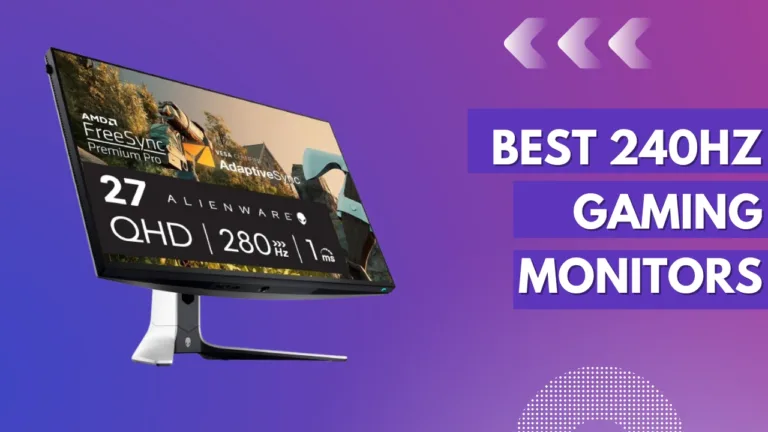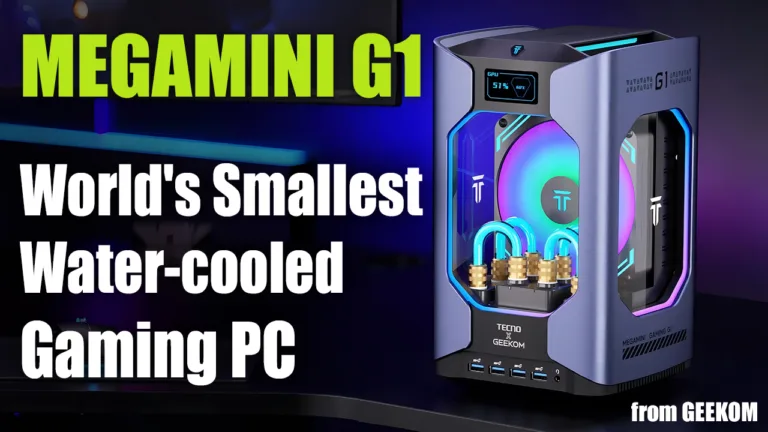The Ultimate Showdown: Apple TV 4K vs Google TV Streamer
Two titans stand tall in the world of streaming devices: Apple TV 4K and Google TV Streamer. Both devices have their strengths and weaknesses, but which one reigns supreme? This exhaustive comparison blog will delve into every aspect of these streaming powerhouses, from design and hardware to streaming capabilities, user interface, gaming, and price.
- The Ultimate Showdown: Apple TV 4K vs Google TV Streamer
- Google TV Streamer vs Apple TV 4K: A Comprehensive Comparison
- Design and Hardware: A Tale of Two Devices
- Streaming Capabilities: A Battle for Visual Supremacy
- User Interface: A Clash of Design Philosophies
- Gaming: A New Frontier for Streaming Devices
- Price: The Bottom Line
- Additional Features: The Extras That Matter
- FAQs: Google TV Streamer vs Apple TV 4K
Google TV Streamer vs Apple TV 4K: A Comprehensive Comparison
Design | Compact, black puck design (3.66″ x 3.66″ x 1.2″) | Noticeable design intended to blend with home decor (6.4″ x 3.0″ x 1.0″) |
Weight | 7.3 ounces (Wi-Fi) or 7.5 ounces (Wi-Fi + Ethernet) | 5.7 ounces |
Color Options | Hazel (Google Store exclusive) and Porcelain | Black only |
Operating System | Google TV (Android TV) | tvOS |
Virtual Assistant | Google Assistant | Siri |
Smart Home Integration | Google Home, Thread, and Matter | HomeKit, Thread (Wi-Fi + Ethernet), and Matter |
Video Capabilities | SDR video, Dolby Vision, HDR10+, HDR10, HLG | SDR video, Dolby Vision, HDR10+, HDR10, HLG, HEVC, H.264, MPEG-4, HDMI Quick Media Switching |
Audio Capabilities | Dolby Digital, Dolby Digital Plus, Dolby Atmos | HE-AAC, AAC, Protected AAC, MP3, Apple Lossless, FLAC, AIFF, WAV, AC-3 Dolby Digital 5.1, E-AC-3 Dolby Digital Plus 7.1, Dolby Atmos |
Content Aggregation | Aggregates content from various streaming services and presents personalized recommendations | Apple TV app aggregates content from multiple services and provides a unified watchlist |
Processor | Improved processor, 22% faster than previous Chromecast | A15 Bionic chip |
Storage | 32GB | 64GB (Wi-Fi) or 128GB (Wi-Fi + Ethernet) |
Connectivity | HDMI 2.1, Bluetooth 5.1, Gigabit Ethernet, Thread, USB-C | HDMI 2.1, Bluetooth 5.0, Infrared, Gigabit Ethernet (Wi-Fi + Ethernet), Thread (Wi-Fi + Ethernet) |
Remote Control | Siri Remote with a touch surface, volume control on the face, and remote finder | |
Price | $99.99 | $129 (Wi-Fi) or $149 (Wi-Fi + Ethernet) |
Release Date | September 24, 2024 | November 4, 2022 |
Design and Hardware: A Tale of Two Devices
- Apple TV 4K:
- Sleek and compact design, measuring 3.9 inches square and 1.4 inches tall
- Powered by Apple’s A12 Bionic chip, providing fast performance and efficient power management
- 3GB of RAM and 32GB or 64GB of storage options
- HDMI 2.0a port, Gigabit Ethernet port, and 802.11ac Wi-Fi with MIMO
- Supports Bluetooth 5.0 for seamless connectivity
- Google TV Streamer:
- Slim and compact design, measuring 6.1 inches long and 2.3 inches wide
- Powered by a quad-core ARM Cortex-A53 processor, delivering smooth performance
- 2GB of RAM and 8GB of storage
- HDMI 2.0b port, Micro-USB port, and 802.11ac Wi-Fi with 2×2 MIMO
- Supports Bluetooth 4.2 for reliable connectivity
Streaming Capabilities: A Battle for Visual Supremacy
- Apple TV 4K:
- Supports 4K resolution at 60fps, HDR10, and Dolby Vision for stunning visuals
- Offers seamless integration with Apple devices, allowing for easy sharing and control
- Exclusive access to Apple TV+ content, including original shows and movies
- Supports Dolby Atmos and DTS:X for immersive audio
- Compatible with a range of streaming services, including Netflix, Hulu, and Amazon Prime Video
- Google TV Streamer:
- Supports 4K resolution at 60fps, HDR10, and Dolby Vision for vibrant visuals
- Offers personalized recommendations based on viewing history and preferences
- Integration with Google Assistant for voice control and smart home management
- Supports Dolby Atmos and DTS:X for immersive audio
- Compatible with a range of streaming services, including Netflix, Hulu, and Amazon Prime Video
User Interface: A Clash of Design Philosophies
- Apple TV 4K:
- Features a clean and intuitive interface with a focus on visual content and easy navigation
- Supports Siri voice control and dictation
- Offers a range of customization options, including screensavers and wallpapers
- Compatible with Apple’s ecosystem, including iPhone, iPad, and Mac
- Google TV Streamer:
- Boasts a modern and minimalistic design, with a focus on personalized recommendations and discovery
- Supports Google Assistant voice control and dictation
- Offers a range of customization options, including themes and wallpapers
- Compatible with Google’s ecosystem, including Android devices and Google Home
Gaming: A New Frontier for Streaming Devices
- Apple TV 4K:
- Supports Apple Arcade, offering exclusive games with no ads or in-app purchases
- Compatible with Apple’s MFi game controllers
- Provides a range of games, including puzzle, adventure, and sports titles
- Supports up to 4K resolution at 60fps for smooth gaming
- Google TV Streamer:
- Supports Google Stadia, offering cloud-based gaming with no downloads or updates required
- Compatible with Google’s Stadia Pro controller
- Provides a range of games, including AAA titles and indie games
- Supports up to 4K resolution at 60fps for smooth gaming
Price: The Bottom Line
- Apple TV 4K:
- Starts at $179 for the 32GB model
- $199 for the 64GB model
- Google TV Streamer:
- Starts at $49.99
- Offers a range of bundle options, including a bundle with a Google Home Mini
Additional Features: The Extras That Matter
- Apple TV 4K:
- Supports AirPlay 2 for wireless streaming
- Offers a range of apps, including Netflix, Hulu, and Amazon Prime Video
- Compatible with Apple’s ecosystem, including iPhone, iPad, and Mac
- Google TV Streamer:
- Supports Chromecast built-in for wireless streaming
- Offers a range of apps, including Netflix, Hulu, and Amazon Prime Video
- Compatible with Google’s ecosystem, including Android devices and Google Home
Conclusion: The Verdict
After an exhaustive comparison, it’s clear that both Apple
Read our other blog on:- Deeper Connect Air Review: The Ultimate Guide to Secure and Private Browsing
FAQs: Google TV Streamer vs Apple TV 4K
Q: What is the main difference between Google TV Streamer and Apple TV 4K?
A: The main difference is the operating system, with Google TV Streamer running on Google TV (Android TV) and Apple TV 4K running on tvOS.
Q: Which device has better video capabilities?
A: Both devices support 4K resolution and HDR, but Apple TV 4K has additional support for HEVC, H.264, MPEG-4, and HDMI Quick Media Switching.
Q: Can I use Google TV Streamer with my Apple devices?
A: Yes, Google TV Streamer supports casting from Android devices, but it may not be fully compatible with Apple devices.
Q: Does Apple TV 4K support Dolby Atmos?
A: Apple TV 4K supports Dolby Atmos and other audio formats, such as HE-AAC and Apple Lossless.
Q: How much storage does each device have?
A: Google TV Streamer has 32GB of storage, while Apple TV 4K has 64GB (Wi-Fi) or 128GB (Wi-Fi + Ethernet).
Q: Can I customize the remote control on Google TV Streamer?
A: The Google TV Streamer remote control has a customizable button and textured back.
Q: Which device is more affordable?
A: Google TV Streamer is priced at $99.99, while Apple TV 4K starts at $129 (Wi-Fi) or $149 (Wi-Fi + Ethernet).
Q: When will Google TV Streamer be available?
A: Google TV Streamer will be released on September 24, 2024.
Q: Can I use Apple TV 4K with my Google Home devices?
A: Apple TV 4K is not fully compatible with Google Home devices, but it does support Thread and Matter for smart home integration.











